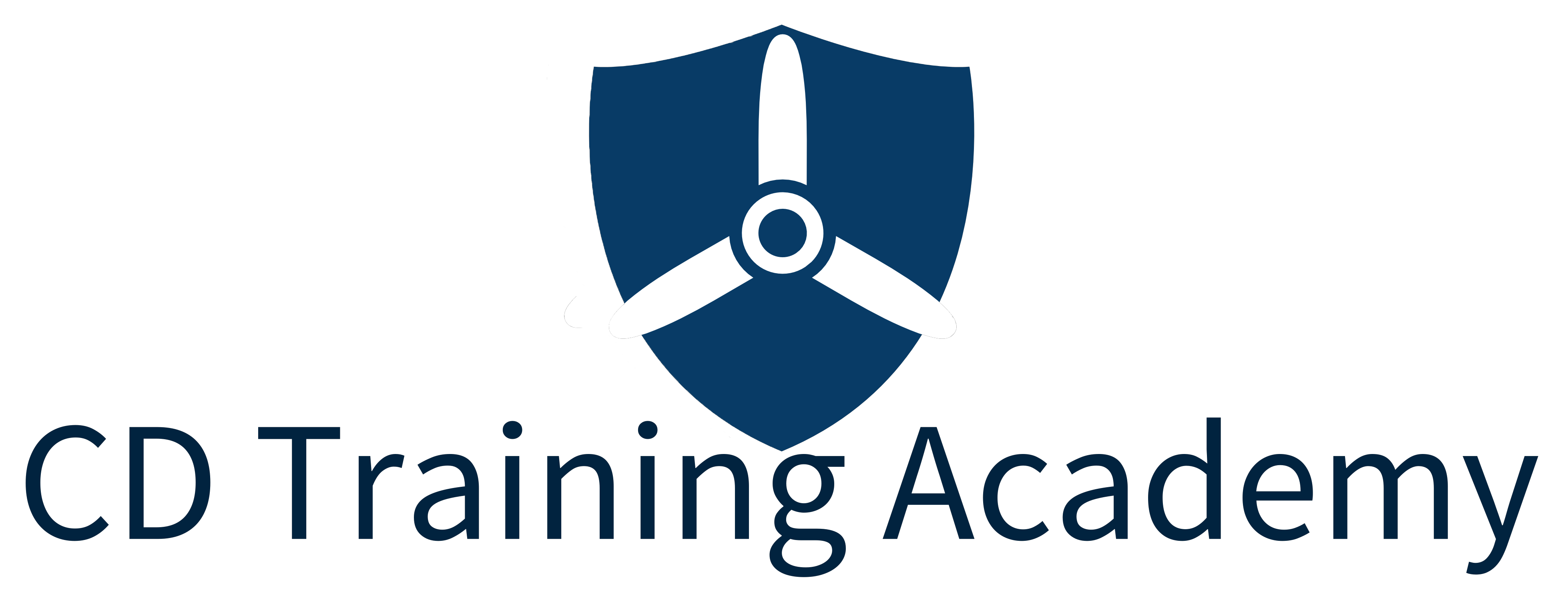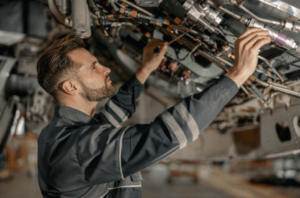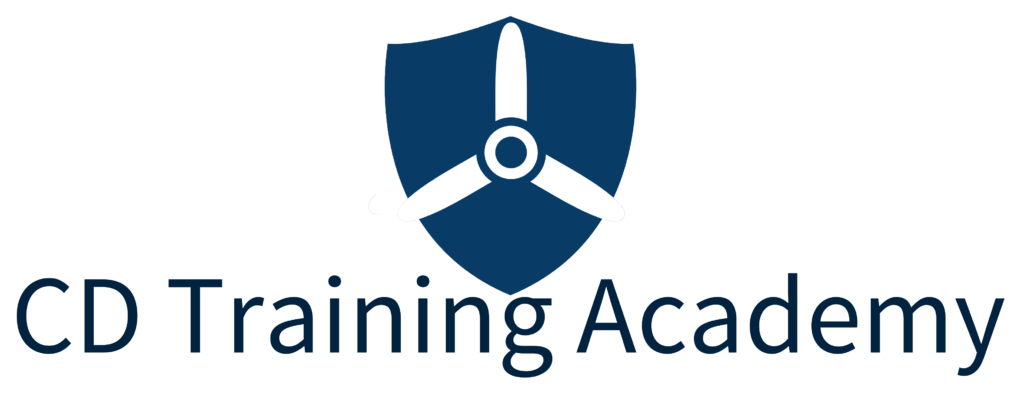In Aviation, each maintenance task completed during operational procedures should always leave behind a signature.
It is imperative that everyone completes assigned maintenance tasks with due focus and diligence when performing aircraft/engine/component maintenance, documentation, auditing, handling stores, etc.
The aviation industry relies heavily on proper maintenance documentation to guarantee that all scheduled maintenance is conducted according to the prescribed manual and in a logical order of operations. If certain steps in maintenance procedures are left out or done out of sequence, it could cause severe consequences. In fact, many aviation accidents can be linked back to minor oversights or skipped steps.
Inadvertently leaving a small screw in the maintenance area can have potentially detrimental consequences over time. If left unchecked, it could get stuck and impede the control columns, or worse still, make a hole in any of the fuel, pneumatic, oxygen or hydraulic hoses or pipelines. Incorrectly sized screws, bolts, nuts, or other expendables can lead to the components becoming improperly secured and even dislodging due to vibrations. This can ultimately result in malfunction of the components, engine, and all aircraft systems.
Maintenance work in aviation must be performed step by step as per applicable Manuals and Regulations. To ensure that no step of a maintenance task is skipped, the FAA Regulators have mandated that all approved Repair Stations put into place a method of signing off on maintenance to meet documentation requirements. Using any form of a checklist that is applicable to an MROs operation specification(s) ensure that no steps are missed.
Documentation gives us key information such as:
a) Procedure followed for maintenance.
b) Name of the person who conducted the job.
c) Date and time of completion.
d) Tools utilized during job execution.
e) Results from any measurements and tests taken.
f) Amount of work completed.
g) Documents consulted for reference, if any.
THE REGULATIONS
Numerous aviation authorities have implemented various regulations for maintenance organizations to observe, based on the documented history of aircraft crashes and incidents. In the U.S. or a MRO outside the U.S. that is approved by the FAA, everyone that has a role in aviation maintenance for a Part 145 Repair Station, should be very familiar with the requirements of 14 CFR Part 145-Repair Stations, and 14 CFR Part 43, Sec. 43.12 that covers Maintenance records and record keeping. A helpful read is the FAA Advisory Circular 145-9A. Specifically in paragraph 1.4.13 of AC 145-9A, it defines Maintenance Function as a step or series of steps in the process of performing maintenance, preventive maintenance, or alterations.
UNDERSTANDING THE REGULATIONS
Reading the regulations is not the most exciting task to do in our industry, however, when we truly understand the tragedies that can occur in the aviation industry when regulations are not followed, when complacency gets in the way, and having any lack of pride in our work. It is expected that the Part 145 Repair Stations adhere to the regulations and devise an appropriate procedure for maintenance documentation. So, we must all do our part with keeping our industry safe. Read the regulations, service bulletins, airworthiness directives, advisory circulars, etc. thoroughly and understand what you read.
SUMMARY
In the aviation industry, it is of utmost importance to ensure that all maintenance work is performed with absolute diligence, and all relevant details such as equipment used, personnel involved, and tasks completed must be thoroughly documented.








